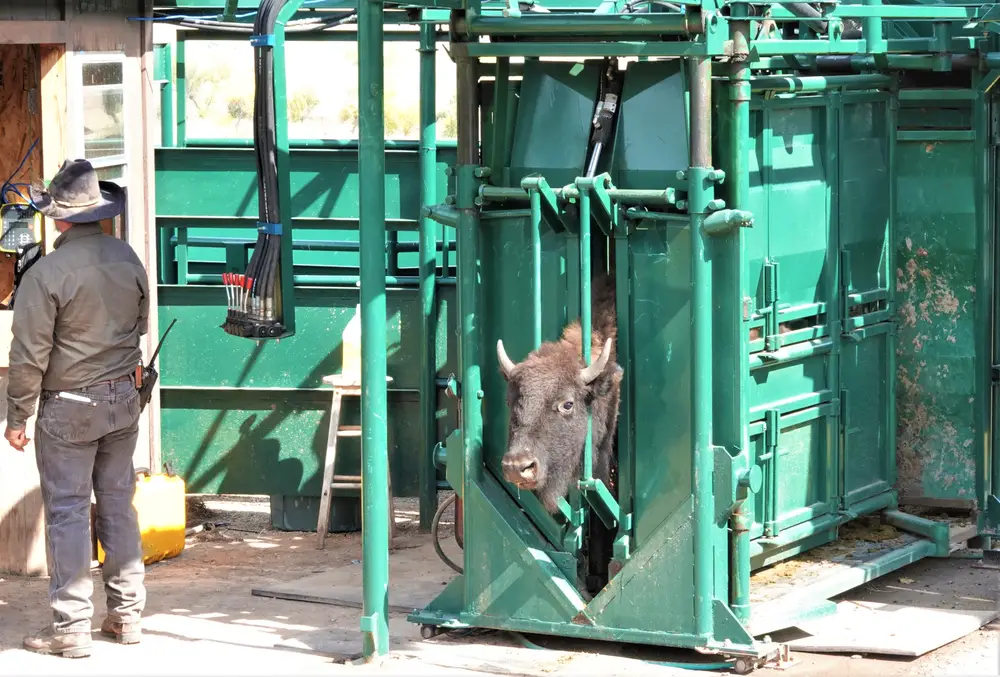You can certainly raise cattle on a few acres. You'll have to learn your land laws, prepare and plan for your cows to arrive, choose the right breed and plan out the next 3 to 5 years.
Worried you don’t have sufficient acreage for raising cattle? Rest assured, you don’t need hundreds of acres of pasture to start raising cattle.
Table of Contents
1. Know Your Land and Laws
There’s no one-size-fits-all approach when it comes to determining the number of acres you need to keep a cow. The considerations are unique to each cow and piece of land, and your management style.
Start by figuring out what you think the available space can support. After a period of observing how fast your pasture grows, how much each animal consumes, what works, and what needs improvement, you’ll know what is best for your circumstances.
Buying too many cows too early can mean the quality of your cattle operation will suffer. It could also mean major unexpected expenses to supplement your animals with feed over time.
So start small, know your land and animals, and build your way into the proper ratio of the number of cows per acre your cattle operation can handle.
You’ll also need strong and reliable fencing, preferably electric. A loose cow can become hurt or lost, and the owners could be held personally liable for any damages it might cause such as car accidents.
2. Plan and Prepare Your Small Acreage
When raising beef cattle on a small cattle farm, it’s enough to provide just the basic facilities.
You should provide a good quality trough if you will be feeding grain to your cattle, as well as various supplements. A commercially made feeder will help reduce waste when feeding hay to your cows in a confined space. There should also be a clean and constant source of fresh water for your cattle.
When cows need to be handled or treated, your need to control them for their own safety and that of the individuals treating them. Commercial squeeze chutes are a superb restraint, but they may be out of reach for most small-scale cattle farmers. Homemade chutes come in handy here as they are good for handling a small herd of cattle.

Unlike dairy cattle, beef cattle do not need expensive or sophisticated housing with a simple barn enough help protect them from the weather. If your land is in an area with high-quality soils and a lot of rain, you will most likely have more lush pasture for your cattle who will prefer to be outside.
3. Choose The Right Cattle
To save time and money, make sure to research cattle breeds that do best in your region and narrow down to breeds that are calm, docile, and easy to manage, but can also put on weight quickly. Avoid aggressive or high-strung cattle breeds if this is your first time.
To make the selection process easier for you, here are the best cow breeds that work best in small spaces:
Once you’ve narrowed these down, talk to breeders, attend shows, and observe them being scrutinized. If you’re considering stud stock, make sure to buy from a reputable breeder.
4. Plan Your Next 3 To 5 Years
Raising beef cows on a small farm is doable and if done properly, it can be very profitable well into the future.
Beef cows are one of the most profitable farm animals because they have fewer daily maintenance requirements than livestock like goats and sheep. Grass-fed beef cattle also gain weight rapidly, meaning you can get a large profit on even a single cow.
For people with humble farms, mob grazing would be difficult because of the high cost of infrastructure per acre. Unfortunately, these costs are inevitable. That’s why most small-scale farmers employ rotational grazing.
Rotational grazing is the best way to reduce feed costs by maximizing pasture. It involves building small paddocks with a movable fencing system that cows spend just one or two days in each paddock. This allows your pasture to grow properly before allowing your herd of cattle to graze on it again.
If managed well, your cattle will be getting optimal nutrition while adding manure (read nutrients) to the soil. This efficient grazing system will help with the regrowth necessary for your pasture to flourish.
Is A Small Beef Cattle Farm Worth It?
Ultimately, as long as you prepare properly, you can raise a beef cow on a small farm and make it profitable. Your total cost should be under $10,000 to get started.
According to the USDA estimates, it takes about 1.5 to 2 acres to supply enough pasture for a cow-calf pair for a year. While you’ll only be able to raise 2 to 3 cows at most in your small space, the experience will allow you to leap-frog into a bigger farm in 3 to 5 years’ time.
